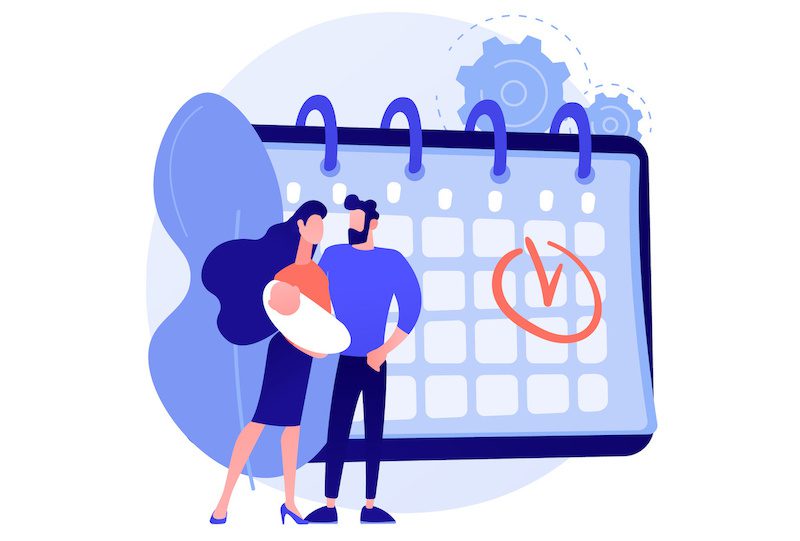Starting a family is stressful enough for the traditionally employed, but when freelancers become parents, a whole new set of anxieties is born. Here are some tips on navigating parental leave when you’re self-employed.
Most freelancers face parenthood without the same protections enjoyed by many regular workers, such being able to take up to 12 weeks off work (sometimes with full pay) without worrying if their job will still be there when they get back. Financially and psychologically, navigating parental leave as a freelancer can be treacherous terrain, but it’s not impossible. We collected tips from a few freelancers who have managed to make it work.
Do Your Research
Many self-employed would-be parents are surprised to learn that some states actually offer paid family-leave programs for freelancers, providing up to 60 to 70 percent of their regular income for up to 12 weeks. According to The New York Times, California, New York, Massachusetts, Washington State, and Washington, D.C., either already offer such a benefit or have passed legislation that will kick in soon. More states are likely to follow. But these programs are often restrictive or poorly publicized, which means many freelancers either won’t have heard of these benefits, don’t qualify, or will ultimately decide it’s not worth the hassle.
As a fully self-employed household, piano teacher Joanie Mendenhall and Brad Lefkowits, a touring musician and owner of a landscape design firm in San Diego, worried about making ends meet when they started planning for children. As residents of California, they were able to apply for Paid Family Leave assistance from the state, which supplied them with about two-thirds of their regular income for 12 weeks and six weeks, respectively. Lefkowits says the extra funds helped a bit, but they were not enough to really buy peace of mind.
One thing to consider: State subsidies are calculated based on your highest quarter of income over the previous year, so if you’ve been focused on finding every possible business deduction to lower your tax bill, you may want to ease up if you’re planning to start a family.

Communicate With Clients
“The pros and cons of being a freelancer are really highlighted by adventuring into parenthood,” says Lefkowits. “The flexibility of being your own boss allows you to make your own decisions about how much time to take off. On the other hand, having to say no to a potential gig is a really weird new phenomenon that is completely at odds with the always-hustle mentality that likely got you to self-employment in the first place.”
Mendenhall, who canceled all her piano lessons for 12 weeks, pre-loaded some students with assignments to work on while she was out, and arranged a substitute teacher for others. “I had never in my life taken that long of a break from generating income, that was terrifying,” she says.
When she was expecting her first child, Leslie Bailey, an entrepreneur and journalist based in Indianapolis, stopped taking writing assignments a month before her due date, then realized she didn’t have as much to do pre-delivery as she thought. With her second, she worked until the last minute, even answering emails from her hospital bed. For her, it was all about managing expectations. “I would tell people, ‘Assume I’m not available, and if I am, it will be a happy surprise.’”
Connect With Others
For Mendenhall, it was important to find a community of people who understood what she was going through — both the parenting part and the going-back-to-work part.
“There’s just no way to prepare for how truly difficult it is becoming a parent for the first time, especially when you’re a working mom,” she says. “To see people who have been through it, living a successful, normal life after transitioning back to work, it was very helpful.”
Bailey found solace in podcasts like Boss Mom and from Facebook friends, whom she asked for advice on everything from how to compose an out-of-office auto-response to what to expect from postpartum anxiety. “There isn’t an employee handbook,” she says. “You just have to ask other people.”
For Lefkowits and Mendenhall, a neighborhood meal train and a nearby grandma/babysitter helped the couple manage the uncertainties inherent in taking parental leave as freelancers.
“In the end, we made it work,” says Lefkowits. “But anytime I hear of someone with a more traditional 9-to-5 that offers health insurance and [paid time off], that grass seems mighty green.”




